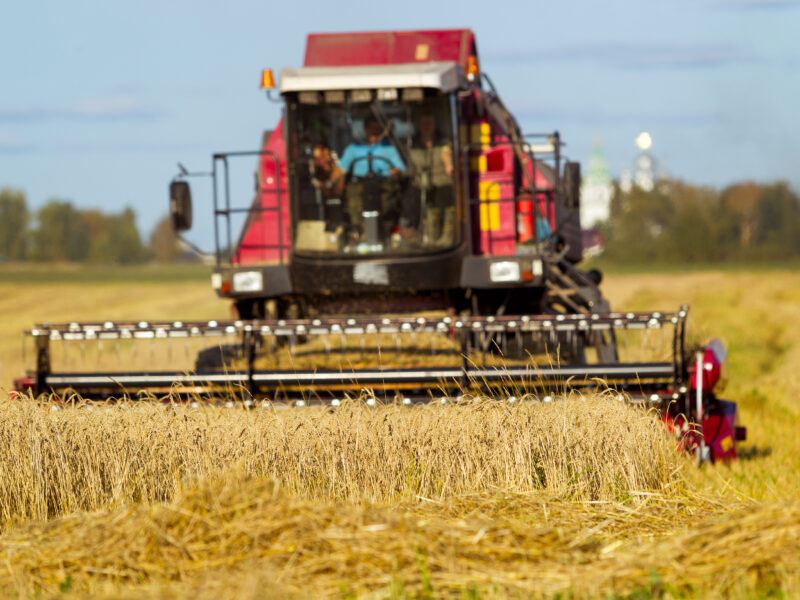Learning Together: STEM Outreach Programs for Indigenous Students
Science, technology, engineering, and mathematics (STEM) outreach programs seek to engage people in interactive, real-world experiences. Facilitators of these programs are often post-secondary students studying STEM, STEM researchers or professionals, or science communicators.
In Learning Together: STEM Outreach Programs for Indigenous Students, we were interested in free STEM programs, not run by the formal education system, that target Indigenous children in Kindergarten to Grade 12. We surveyed these programs across Canada to learn more about how they reach Indigenous youth.
Key Takeaways
Executive Summary
In response to a national conversation about reconciliation, governments, the formal education system, and non-profit organizations are addressing educational gaps and improving the representation of Indigenous peoples in science, technology, engineering, and mathematics (STEM) with extra attention and resources. This awareness, combined with an increasing focus on equity issues in STEM, has increased efforts to bring STEM outreach to Indigenous students.
STEM outreach programs require intensive partnerships. These relationships rely on ongoing and respectful communication, trust, and consensus-building. The time, resources, and intercultural capacities required on both sides of this partnership should not be underestimated.
For the purposes of this research, we were interested in free STEM programs, not run by the formal education system, that target Indigenous children in Kindergarten to Grade 12 (K–12). We surveyed these programs across Canada to learn more about how they reach Indigenous youth. We included responses from 50 organizations offering 103 programs that met the criteria for inclusion in our analysis. Many other programs also reach Indigenous youth, as a part of general programs for all children in Canada, as well as many initiatives run by the K–12 education system. Staff from outreach organizations, Indigenous and non-Indigenous schools, and post-secondary institutions were interviewed.
Our survey asked why organizations were doing STEM outreach to Indigenous youth. The responses below are grouped by theme and listed in order of the frequency of responses, beginning with the most common response.




